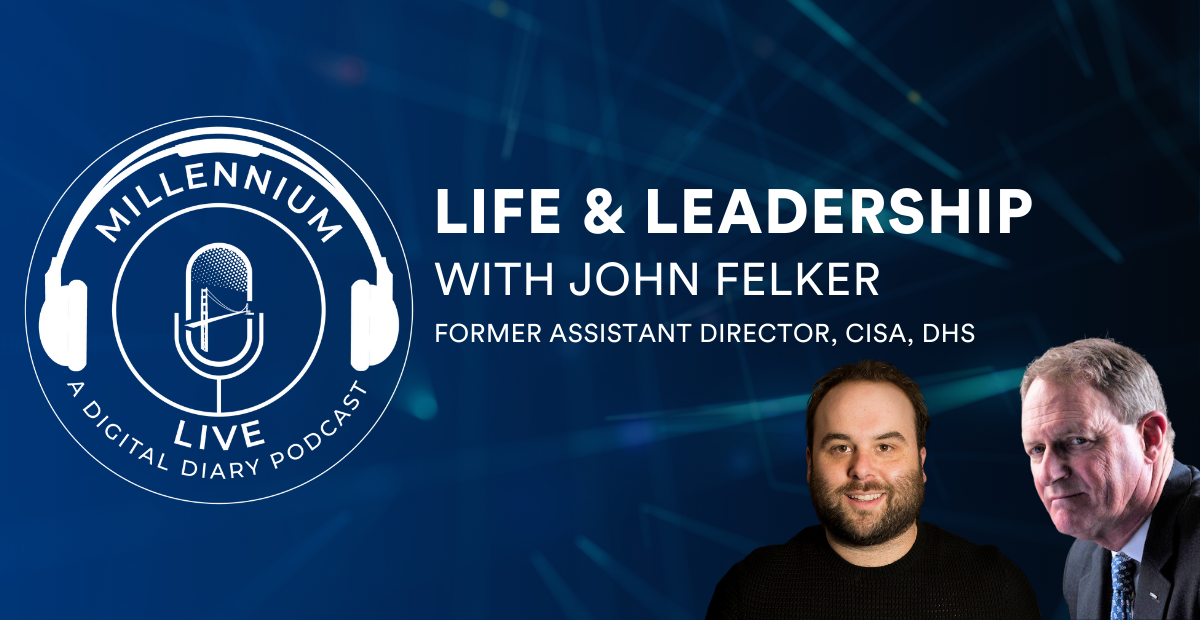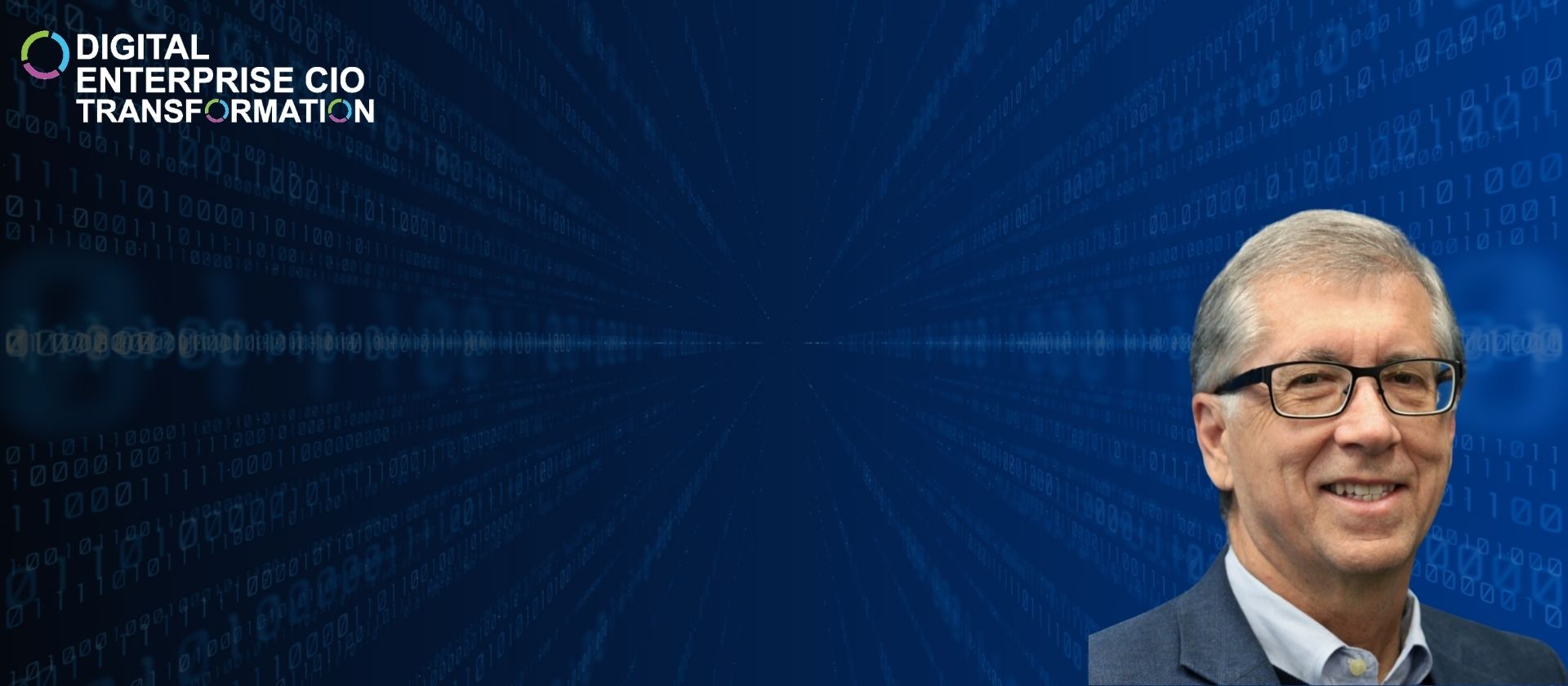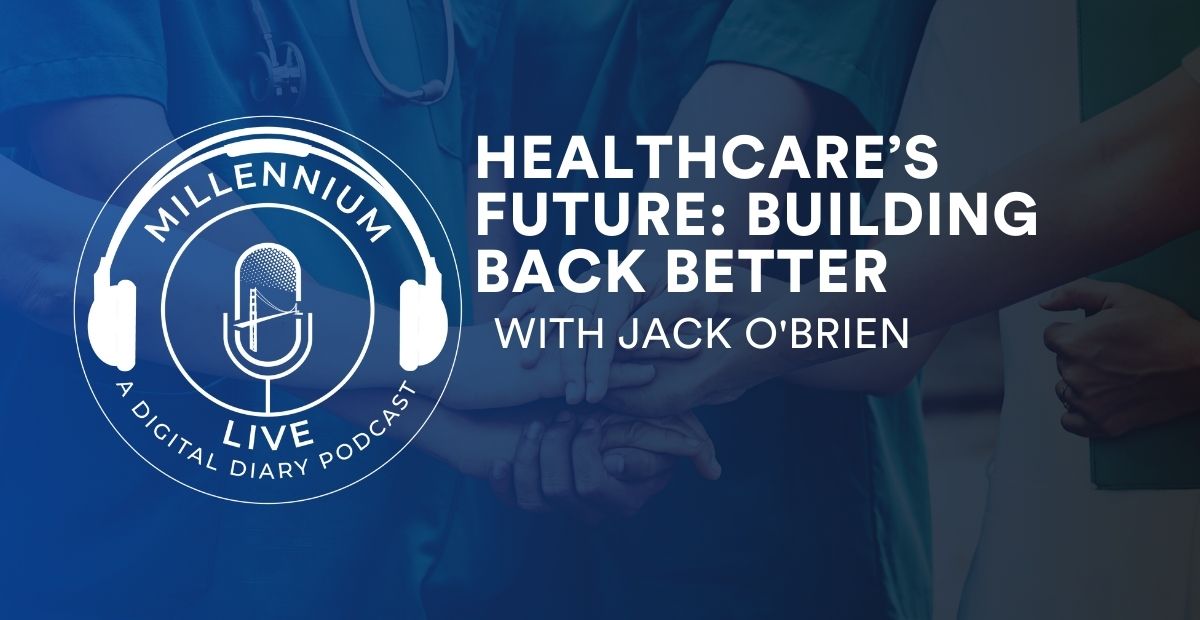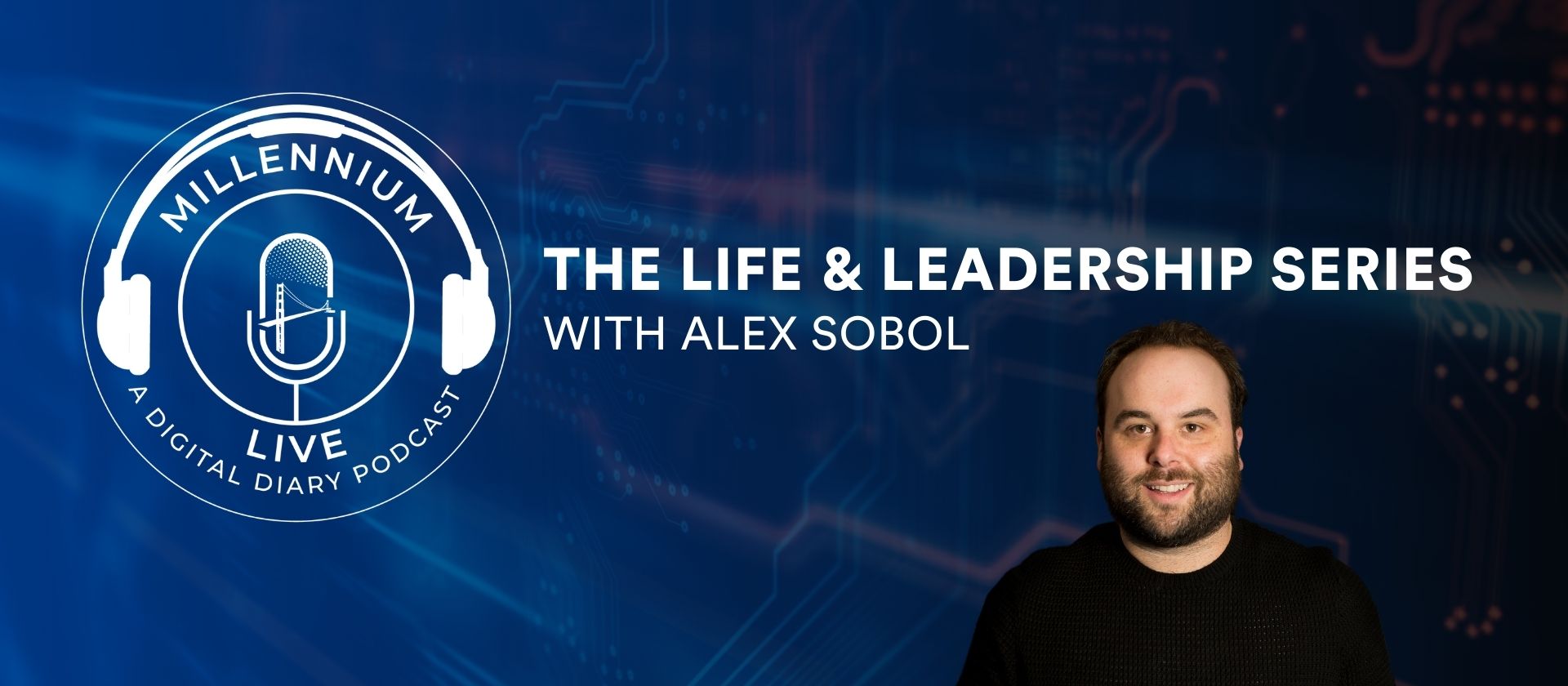#MillenniumLive is joined by Jeff Immelt, the former Chief Executive Officer at GE and currently a Venture Partner at New Enterprise Associates & Stephen Liguori, former Executive Director for Global Innovation and New Models, and currently the Co-Founder at Ligouri Innovations. Our Healthcare Providers & Payers Assembly opened up with a discussion on healthcare 2.0. Some major topics of discussion are next-generation drugs, advanced AI, unbundling of services, improving value-based care, and physician enablement. Jeff notes that in a lot of ways, healthcare is complex, and leadership thinking should take a long-term approach because change happens slowly, then all at once.
Listen to the podcast episode on Spotify, Apple, Google Podcasts, or SoundCloud.
About Jeff Immelt
Jeff Immelt joined NEA in 2018 as a Venture Partner on both the technology and healthcare investing teams. He is the author of HOT SEAT, a memoir of leadership in times of crisis.
Jeff served as chairman and CEO of GE for 16 years where he revamped the company’s strategy, global footprint, workforce and culture. During his tenure, he led several innovative transformations that doubled industrial earnings, reshaped the portfolio, re-established market leadership, grew a strong share position in essential industries, and quadrupled emerging market revenue.
Jeff has been named one of the “World’s Best CEOs” three times by Barron’s. During his tenure as CEO, GE was named “America’s Most Admired Company” by Fortune magazine and one of “The World’s Most Respected Companies” in polls by Barron’s and the Financial Times. He has received fifteen honorary degrees and numerous awards for business leadership and chaired the President’s Council on Jobs and Competitiveness under the Obama administration.
Jeff earned a B.A. degree in applied mathematics from Dartmouth College and an M.B.A. from Harvard University. He currently serves on the board for NEA portfolio companies Bloom Energy, Bright Health, Cleo, Collective Health, Desktop Metal, Formlabs, Radiology Partners, Tri Alpha Energy, and Tuya. In addition, he is on the board of Sila Nanotechnologies, Hennessy Capital, and Twilio. Jeff is a member of The American Academy of Arts & Sciences. He and his wife have one daughter.
About Stephen Liguori
Steve is the Founder and CEO of Liguori Innovation. As GE’s Executive Director – Global Innovation through 2014, Steve was instrumental in major efforts to re-invigorate GE’s organic growth including launching their Internet-of-Things “Industrial Internet” digital transformation and deploying Lean Startup principles across GE through the “FastWorks” initiative. The firm specializes in helping organizations rapidly transform their leadership practices so they can enable new sources of growth.
Steve is an expert at applying startup-related techniques that stress leadership, speed, and improved customer outcomes in complex organizations. His signature expertise focuses on the area of “Disruptive Innovation – Doing it and Leading it!” He is sought out for applying innovation leadership to large firms and startups alike.
Steve is on the Mckinsey Advisory Board, has taught at Columbia Business School as an Adjunct Professor, and served as Chairman of the ANA’s Business Marketing Association, the world’s largest organization of business-to-business professionals.
Named Marketer of the Year, Harvard Business Review author, Chairman’s Award winner at both Citigroup and GE. Additionally, he launched the original Super Bowl Halftime show with none other than Michael Jackson.
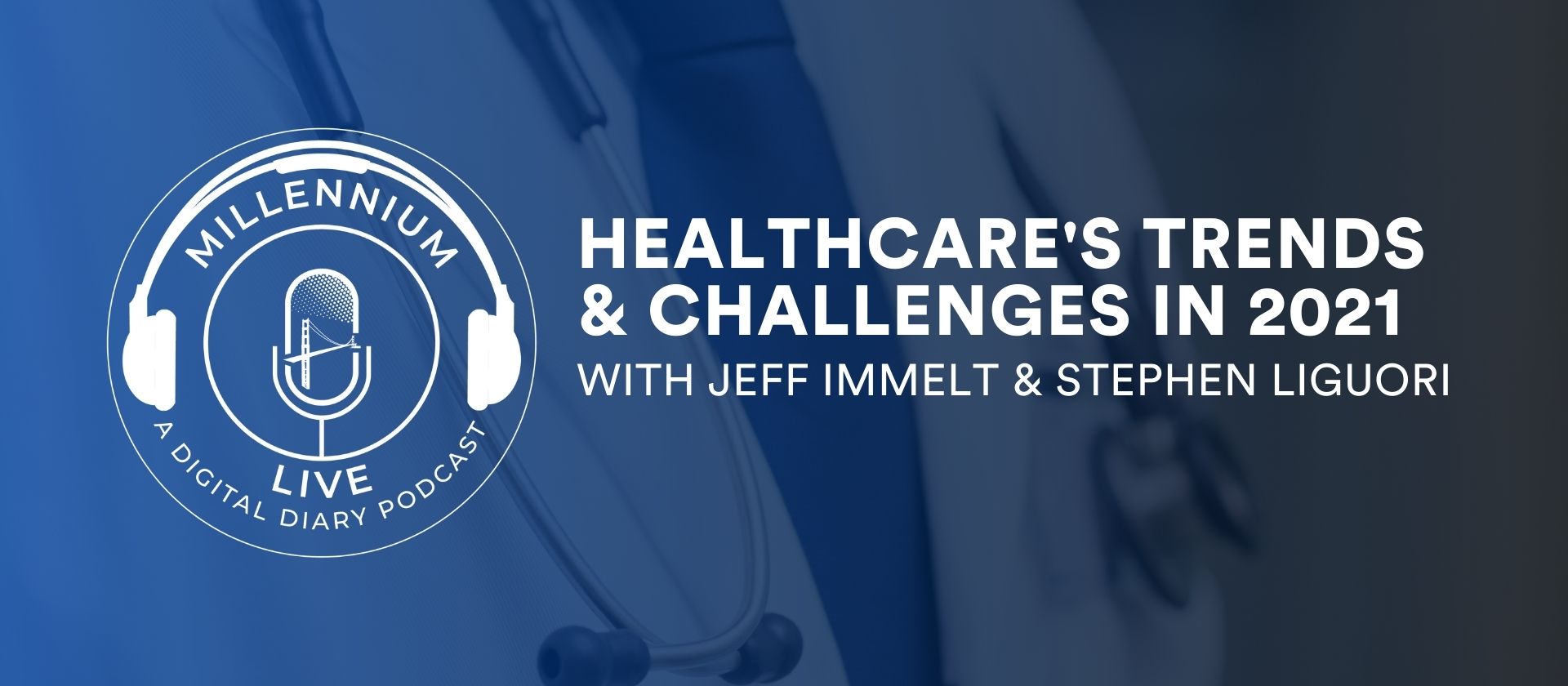


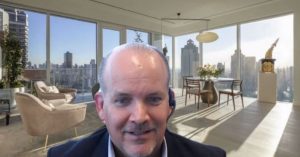
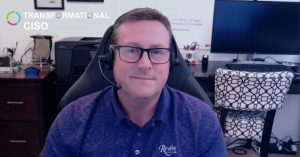
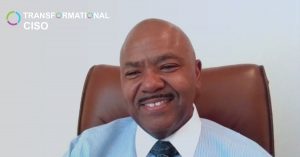 The Difference Between Compliance & Readiness:
The Difference Between Compliance & Readiness:

